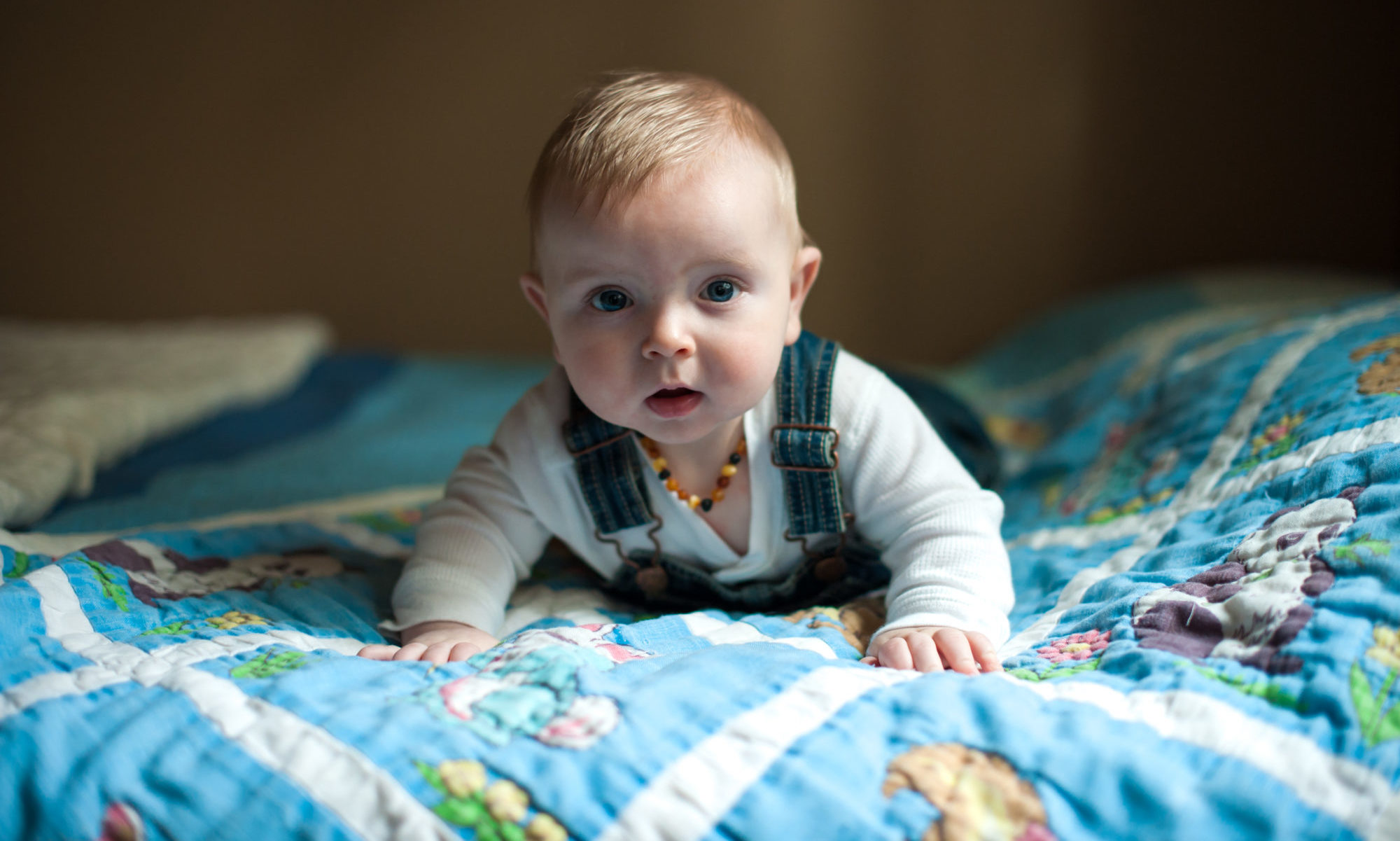 The past few weeks my husband and I have been trying our hardest to remove some of the more colorful language from our vocabularies so that our baby’s first words aren’t profanity. Not that we curse all that much, but knowing children as I do, I know that it only take a few exposures to a word for kids to learn them, especially during the time when they’re busy expanding their vocabularies at a phenomenal rate at around 18 months old. So we’ve been saying funny things like “fire-pants!” and “rats!” or even my husband’s famous “son of a bench!”
The past few weeks my husband and I have been trying our hardest to remove some of the more colorful language from our vocabularies so that our baby’s first words aren’t profanity. Not that we curse all that much, but knowing children as I do, I know that it only take a few exposures to a word for kids to learn them, especially during the time when they’re busy expanding their vocabularies at a phenomenal rate at around 18 months old. So we’ve been saying funny things like “fire-pants!” and “rats!” or even my husband’s famous “son of a bench!”
The truth is, recent research shows that children can learn a new word after just ONE exposure and they’ll remember that word for weeks and even months, even if they haven’t heard the word since! The study itself was pretty interesting. I read about it in my new favorite book “The Scientist in the Crib” by Gopnik, Meltzoff, and Kuhl. In the study they brought 18-month-old children into the lab, showed them an apple corer and said, “Look! A dax.” Children remembered the name of the “dax” for several months even with no further exposure to apple corers in the mean time.
The process kids are going through at around 18 months when they enter their naming explosion is called “fast mapping” and that’s when your little one starts pointing to everything in sight and asking you to name it. “Whatsat?” they’ll ask repeatedly, as you well know. They also start naming everything they can and they want you to repeat things over and over again. It can be a little annoying. But when we dig in to what kids are actually doing during this time, it becomes fascinating and amazing. Children are learning to use language for the first time. They’ve understood the adults around them for quite some time, but at around 18 months, they begin to be able to produce language themselves. It’s a pretty exciting time for a young person.
Last time I wrote about the importance of autonomy for young people. Well, learning language is a huge leap toward autonomy for toddlers. They experience more connection, more cooperation, and more power than they’ve ever had before, and they like it. The “no” phase is quick to follow as they test their power even further.
This time in a child’s life can be extremely irritating and challenging for parents, but when we understand WHY our toddlers do the things they do, I think it makes it a little bit easier to bear. Somehow when I look into the eyes of a 20-month-old and I see how intense his desire really is to hear that story for the fifth time in a row, I’m able to take a deep breath and read it yet again.
And I’m not alone. Parents, grandparents, care-givers, siblings and mothers in particular are uniquely designed to help babies learn language. We all use what’s called “motherese” with babies. We talk to them in a higher pitch, we exaggerate our vowel sounds and we repeat ourselves and vary the way we say things. We do this unconsciously (most of the time), but these very things have been shown to help babies learn language.
Even siblings as young as four years old use motherese with babies, not because we taught them to, but presumably because there’s some innate desire in us to speak in a way that babies enjoy. And babies sure do enjoy it, and it helps them learn. So, if you have a baby in your life, this week, pay special attention to the way you speak to her and watch her respond. And if it’s a toddler you’re faced with, take a deep breath and read that story again and keep naming things. You really are your child’s greatest teacher.
Have a wonderful week, Shelly


We have utilized a ‘swear jar’ at our home to help motivate us to mind our language. The funds go towards our next vacation. It’s a win/win situation. 🙂